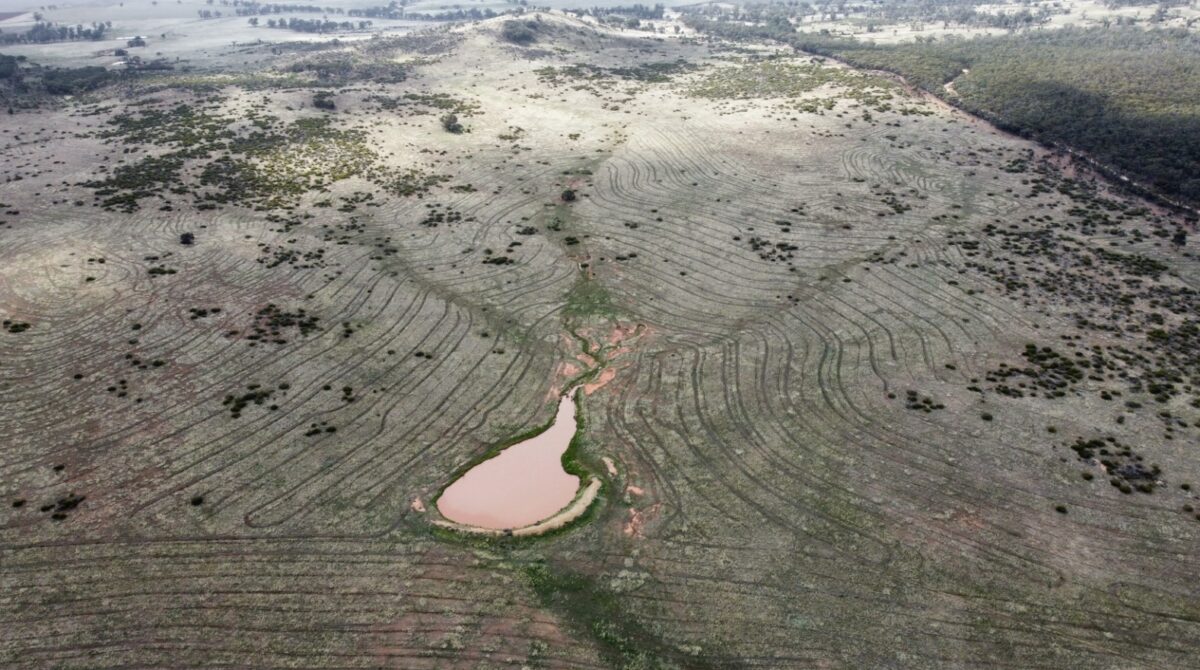JRM is growing, and so is our forest! We are thrilled to announce our partnership with Greenfleet to plant a biodiverse forest near Wedderburn in central Victoria. The JRM Forest will address critical deforestation and biodiversity loss, capture carbon emissions to protect our climate, reduce soil erosion, improve water quality, and restore critical habitat for wildlife.
At JRM, we take sustainability seriously, and we are taking steps to reduce our carbon footprint. To contribute to a more sustainable future, we will plant one tree for each employee who works with us. With this initiative, we hope to make a significant impact on the environment and inspire others to join us in our efforts. We encourage our employees, partners, and clients to be a part of our journey to create a greener planet for future generations.
Greenfleet is working with the Dja Dja Wurrung people, Traditional Owners of the land, to restore an ecosystem at Ngulambarra (meaning meeting place). This project will create bio-links for native wildlife, including threatened species such as the Mallee Fowl, Lace Monitors, and Quolls, who require connected landscapes to thrive.
Woodlands once covered large areas of south-eastern Australia, but since European settlement, one third of Australia’s woodlands have disappeared. Victoria has lost 83% of their woodland ecosystems to land clearing, leaving the birds, mammals, and reptiles that inhabit these areas in sharp decline. The drier climate is also threatening the remaining fragmented landscape.
Greenfleet’s approach to revegetation at Ngulambarra includes the planting of nearly 100,000 native trees across nearly 240 hectares. More than 20 native species were selected for restoration, including vital wattle species for local birdlife and eucalyptus species, such as Yellow Gum (Eucalyptus leucoxylon), which help form the forest canopy. The Yellow Gum trunks will eventually form tree hollows, providing vital habitat to many mammals and invertebrates.
The ongoing site monitoring at Ngulambarra has demonstrated that this revegetation project is making great progress towards becoming a thriving, biodiverse forest. While it is still in its establishment phase, much of this project will become important habitat for native wildlife species in the coming years.
Besides the reforestation work, other activities have been undertaken to assist in the area’s restoration. An introduced pest called Wheel Cactus (Opuntia robusta) has been individually stabbed with a herbicide, preventing it from spreading and allowing the native tree species to have the best chance of survival.
An important benefit of the revegetation work at Ngulambarra is the creation of protected habitat for many of the local wildlife species. Located between conservation properties at Ngarri-Mt Egbert in the east and the Lawan Reserve to the west, Ngulambarra forms a key piece of the Wychitella Biolink. By reconnecting parts of the Wychitella Biolink, this forest will help local wildlife move safely through the area to find habitat, food, and breeding opportunities.
At JRM, we are excited to be a part of this project and grow the JRM Forest tree by tree. With Greenfleet and the Dja Dja Wurrung people, we are contributing to a more sustainable future for all of us. Together, we can make a difference and create a greener, brighter world.

